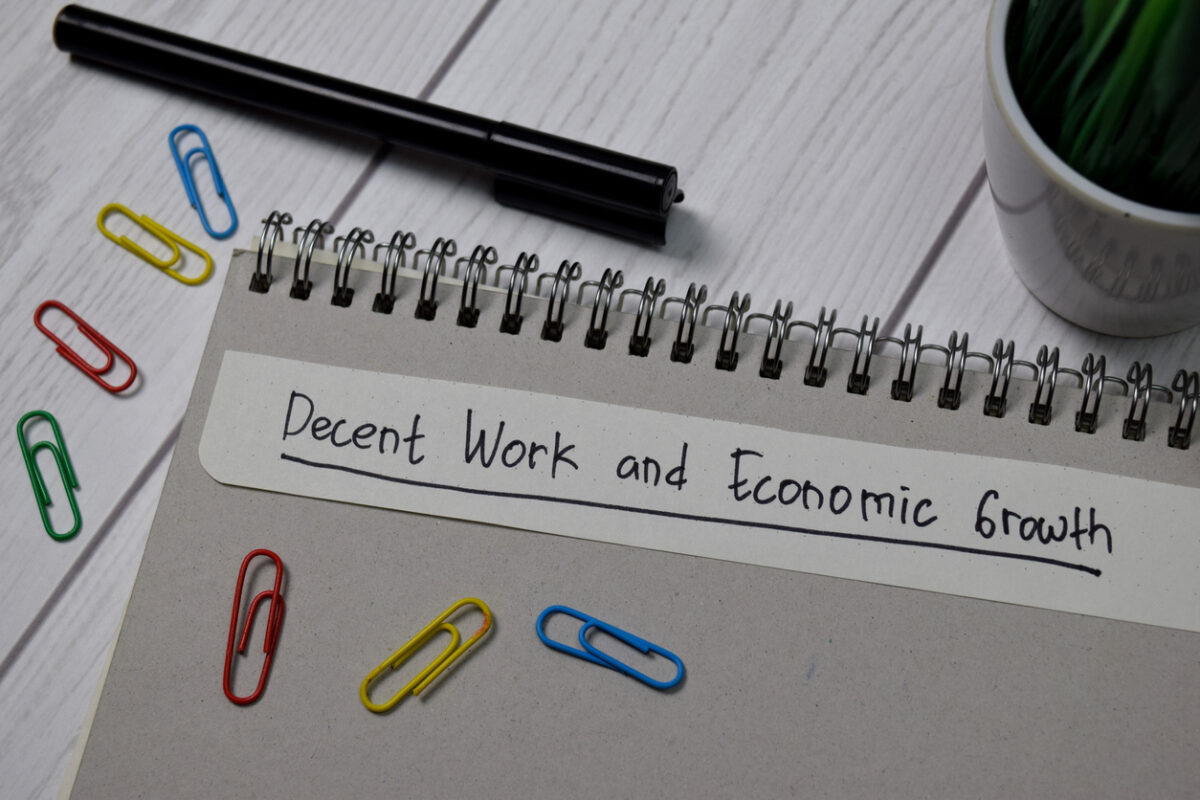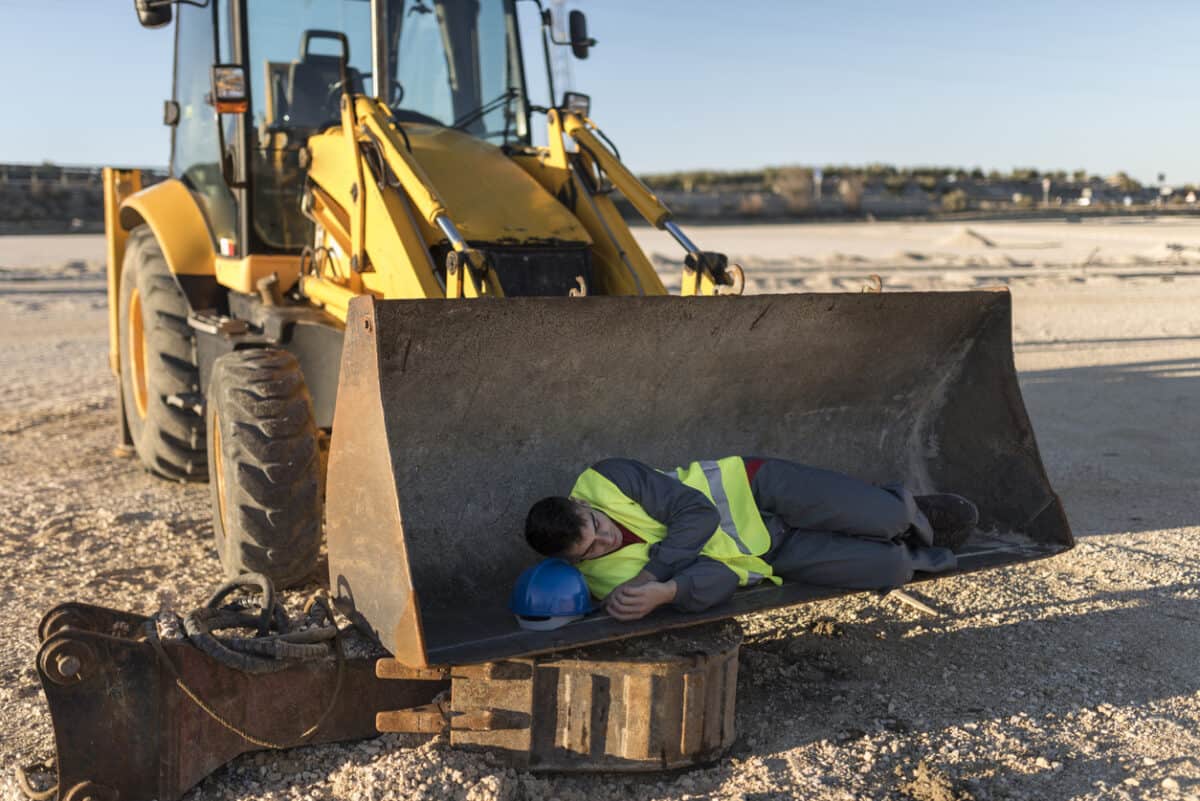Occupational health and safety (OHS) is rarely analysed as a stand-alone business element. As such opportunities are missed to clarify one’s understanding of work health and safety and companies’ experience of it beyond “commitments” and workers’ compensation costs.
There is great potential for change in the United Nations’ Sustainable Development Goals (SDGs), especially Goal number 8. Sadly, even here “Decent Work” which includes the safety and health of workers (8.8) is shared with “Economic Growth”. As a result, it is often difficult to isolate the OHS components. A recent analysis of Australia’s ASX200 companies illustrates the problem.






